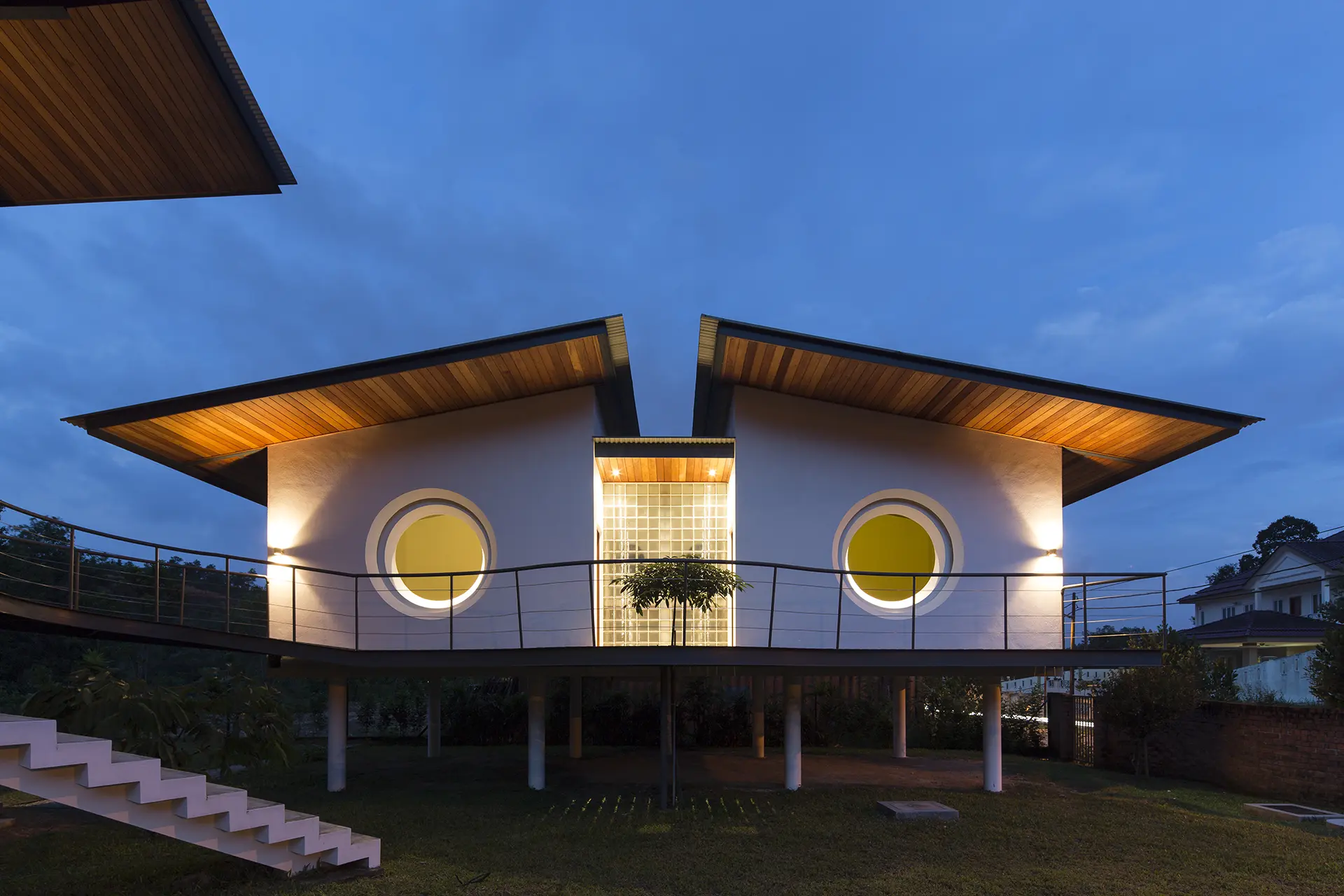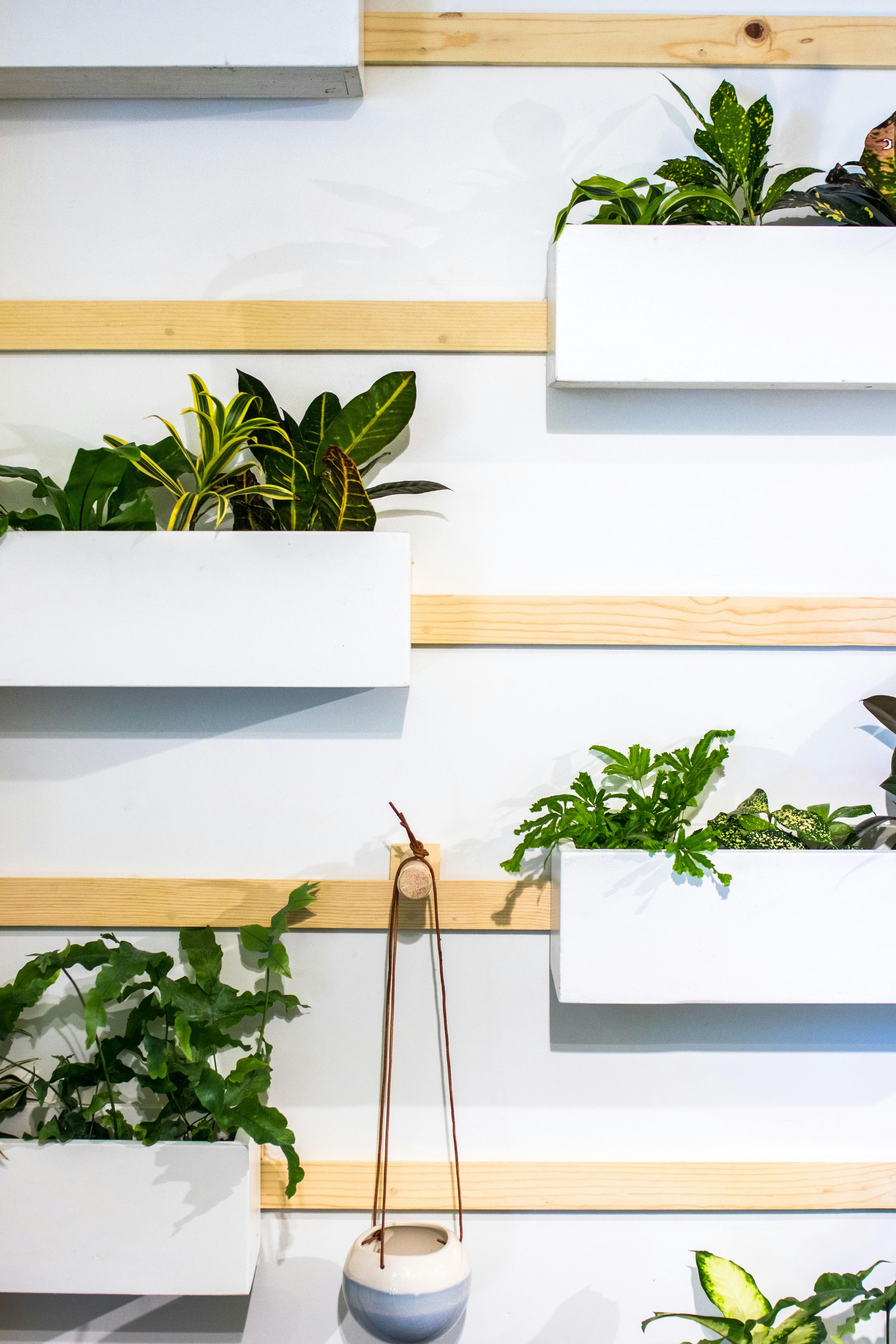Incorporating local culture and traditions into modern home design can create a unique, meaningful, and culturally enriched space that reflects the surrounding environment and heritage. This blend of traditional architectural styles, materials, and design elements with contemporary aesthetics adds depth and authenticity to a home. Here are some tips for achieving this balance:
1. Embrace Local Architectural Styles
- Respect Traditional Forms: Incorporate elements from the region’s traditional architecture, such as rooflines, arches, or structural forms. For example, in tropical regions, homes with wide eaves and verandas reflect a response to the climate and cultural practices.
- Vernacular Inspiration: Use vernacular architecture as inspiration for the modern design. This includes understanding how homes have been built locally to deal with environmental conditions, like stilted houses in flood-prone areas or thick walls in desert regions for insulation.
- Blend with the Landscape: Align your design with the local environment. Homes built in mountainous regions might use stone or timber from the area, while coastal homes could draw on natural ventilation methods used in traditional seaside architecture.
2. Use Local, Indigenous Materials
- Locally Sourced Stone and Wood: Incorporating locally available natural materials like stone, timber, or clay helps tie the design to its geographic location. For example, in Mediterranean regions, terracotta tiles or limestone can create a strong connection to tradition.
- Handcrafted Materials: Utilize handcrafted materials such as artisanal tiles, woven textiles, or locally made bricks. These materials often come with a rich heritage and a story, adding authenticity and cultural depth to the design.
- Sustainable Indigenous Materials: In modern homes, using sustainable versions of traditional materials (bamboo, rammed earth, or reclaimed wood) can create an eco-friendly space while celebrating local craftsmanship.
3. Honor Local Craftsmanship and Techniques
- Traditional Construction Methods: Incorporate local construction methods that have been perfected over centuries. For instance, using adobe in dry climates or thatch in tropical areas connects modern designs with ancient building techniques.
- Artisan Craftsmanship: Collaborate with local artisans to introduce handcrafted details like carved wooden beams, metalwork, pottery, or handwoven rugs. This creates a bespoke element that celebrates cultural heritage.
- Custom Tiles and Mosaics: In regions with a rich tradition of tile-making, such as Morocco or Spain, custom-made tiles can be integrated into kitchens, bathrooms, or as decorative flooring to add a unique, cultural touch.
4. Integrate Cultural Symbols and Motifs
- Traditional Patterns: Use patterns that have cultural significance in the region. For instance, intricate geometric patterns in Islamic architecture or floral motifs in Indian design can be adapted into tiles, textiles, or wall art.
- Cultural Artwork: Incorporate traditional or locally inspired artwork, murals, or carvings that reflect the region’s culture. These can be displayed prominently in modern interiors as focal points, merging history with contemporary aesthetics.
- Symbolic Design Elements: Include architectural elements that carry symbolic meaning. For example, feng shui-inspired designs in Chinese homes or talismanic patterns in Middle Eastern homes can add depth and a spiritual dimension to the space.
5. Blend Indoor and Outdoor Spaces
- Courtyards and Verandas: Many traditional homes integrate outdoor spaces seamlessly into the design. Introducing courtyards, verandas, or shaded patios can echo traditional living arrangements where outdoor spaces are an integral part of daily life.
- Natural Ventilation and Lighting: Traditional homes often rely on passive cooling and natural ventilation. Design homes with large windows, high ceilings, or inner courtyards that allow airflow and daylight to permeate the space, inspired by local architectural responses to climate.
- Landscaping with Native Plants: Create gardens or outdoor areas with indigenous plants and landscaping techniques that reflect local traditions. Xeriscaping in arid regions or lush, tropical gardens in humid climates can blend the home with its natural surroundings.
6. Respect Cultural Practices and Rituals
- Space for Cultural Rituals: Consider how the home’s layout can accommodate cultural practices. In some cultures, homes are designed with specific areas for prayer, family gatherings, or cooking traditional meals. For example, a meditation space, an outdoor kitchen, or a ceremonial entrance can honor these practices.
- Entrance and Orientation: Respect cultural traditions related to home entrances, which are often symbolic. In Japanese design, genkans (entrances) offer space to remove shoes and mentally transition from the outside world. In some cultures, the orientation of the home (such as facing east or aligning with religious beliefs) is crucial.
7. Modern Interpretation of Traditional Elements
- Reinterpretation of Traditional Shapes: Modernize traditional forms like arches, domes, or courtyards by simplifying their design or using contemporary materials. For example, you might use minimalist steel and glass to reinterpret a traditional archway.
- Contemporary Facades with Traditional Textures: Combine sleek modern facades with traditional textures like stone cladding, wooden slats, or lattice screens. This juxtaposition highlights both the cultural heritage and the modern approach to design.
- Fusion of Old and New: Blend old-world charm with contemporary elements by preserving historical features while integrating modern conveniences. For example, an ancient stone wall could be paired with minimalist glass extensions or sleek modern furniture.
8. Functional Modern Layouts with a Cultural Twist
- Open-Plan Spaces with Cultural Zones: While modern homes often favor open-plan layouts, you can introduce cultural zones within the space. For instance, a traditional tea room, reading nook, or sunken living area can be integrated within the larger, modern layout.
- Culturally Inspired Focal Points: Create focal points that reference local culture, such as a modern fireplace that echoes a traditional hearth or a contemporary water feature inspired by traditional fountains.
- Smart Technology in Traditional Homes: While incorporating cultural elements, don’t shy away from modern conveniences. Smart home technology can be integrated seamlessly without disturbing the cultural aesthetic, providing the best of both worlds.
9. Incorporate Traditional Colors
- Regional Color Palettes: Use colors that are common in the local culture. In Mediterranean regions, rich earthy tones combined with cool blues and whites reflect the landscape and architecture, while in Asia, deep reds, golds, and blacks can be integrated into modern designs to represent prosperity and elegance.
- Natural Hues from the Environment: Incorporate colors inspired by the surrounding environment, whether it’s the soft beige of desert sand, the lush greens of tropical forests, or the deep blue of coastal regions. These colors not only reflect the natural beauty of the area but also feel timeless and organic.
10. Sustainability Rooted in Tradition
- Eco-Friendly Traditional Practices: Many traditional building techniques are inherently sustainable, such as using locally sourced materials, designing for natural ventilation, or rainwater harvesting systems. Incorporating these into modern homes not only respects the environment but also keeps the design connected to local traditions.
- Energy Efficiency with Traditional Materials: Materials like adobe or stone, often used in traditional homes, have excellent insulation properties, helping to regulate temperature naturally. Incorporating these materials into modern designs can enhance energy efficiency while maintaining cultural relevance.
By thoughtfully blending local culture, traditional materials, and contemporary design, you can create a home that is not only visually stunning but also deeply connected to its heritage and environment. This fusion enriches the home with a sense of identity and history while meeting modern needs.







